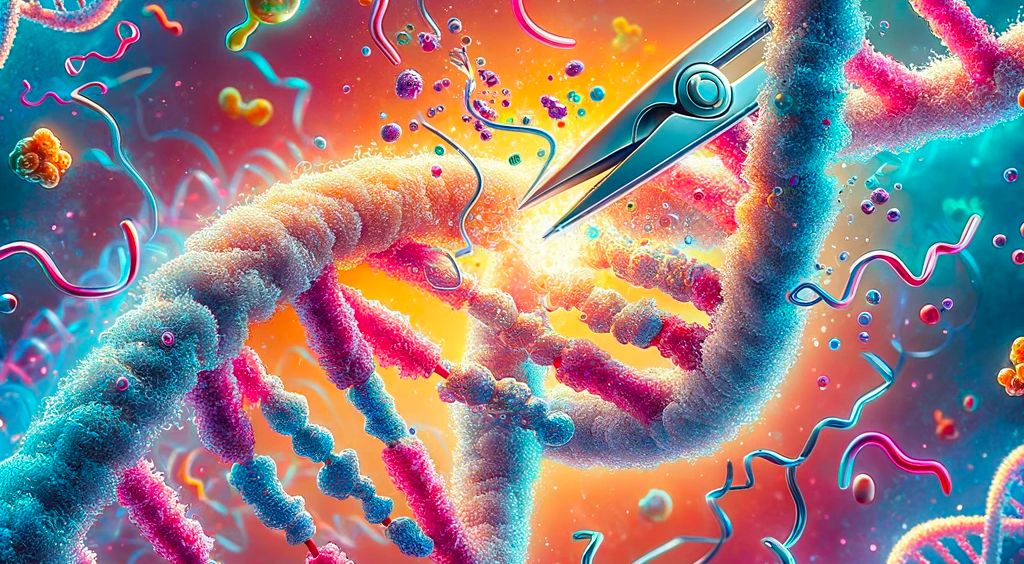RESOURCES
资源中心
29
03/2024
Introducing the Fluorescent ssDNA Ladder: A Versatile Tool for Precise Size Determination

We have today a very short blog for an easy read about one of our products that is least mentioned: the fluorescent ssDNA ladder.
check the details
28
03/2024
Comparing Electroporation and Lipofection for the Knockout Efficiency of Cas9 Protein and Cas9 mRNA in 293T and Hela Cells

Cell transfection techniques are commonly used in biological research to effectively introduce exogenous DNA, RNA, or proteins into cells for purposes such as gene editing and protein expression. Electroporation and lipofection are two common transfection methods that play important roles in the field of cell transfection.
check the details
22
03/2024
Unlocking Genetic Precision: Exploring the Potential of Prime Editing

In October 2019, Andrew Anzalone, a postdoctoral fellow in David Liu's lab, and colleagues unveiled a groundbreaking innovation in genetic engineering known as Prime Editing, in a publication featured in Nature. This development represents a significant stride forward in the realm of genetic manipulation, offering a highly precise and versatile method that addresses several limitations encountered with conventional CRISPR-Cas9 systems. Let's delve into the essence of Prime Editing, exploring its functionality and several advantages.
check the details
15
03/2024
PixelBiosciences GmbH: Embarking on a New Chapter with Enhanced Product Lines and Innovations

As we navigate through the constantly evolving landscape of biotechnology, we want to take a moment to share some significant milestones and exciting updates from our journey at PixelBiosciences. Reflecting on the past year, it has been a period of transformation and growth, leading us to a pivotal point in our journey. Today, we're thrilled to announce that after a thoughtful restructuring process, we have emerged with a new identity: PixelBiosciences GmbH.
check the details
11
03/2024
Revolutionizing Chromatin Analysis: CRISPR-ExoFISH Unveils a Breakthrough

In the realm of genetic research, DNA FISH has long been a stalwart technique for unraveling chromosomal mysteries, shedding light on chromatin organization, and diagnosing clinical abnormalities. However, its reliance on heat denaturation and the need for lengthy target regions have posed significant obstacles, particularly when dissecting fine chromatin structures below 10 kilobases (kb), such as those introduced by exogenous genes during cell and gene therapy.
check the details
19
02/2024
How NovaFISH works?

Do you have a set of genes whose expression needs to be validated after RNA sequencing or microarray? Do you want to visualize multiple cell types in a tumor microenvironment? NovaFISH is here to help.
check the details


